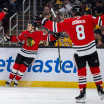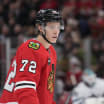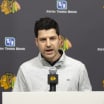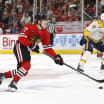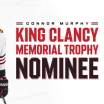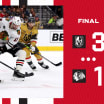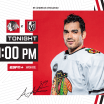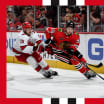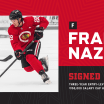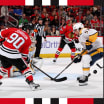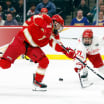After many months of remote yearning, the Blackhawks are back. And with the new year, an old foe returns to the neighborhood.
The Detroit Red Wings. These two marquee franchises have exchanged pleasantries for almost a century, and a short National Hockey League schedule taps into long memories. Since 2013, they've met only once here and once there. But this season, the Blackhawks and Red Wings will play eight games, starting with the United Center opener on January 22.
THE VERDICT: Original Six Rivals Become Division Foes Once Again
After nearly a century of on-ice battles, Chicago and Detroit return to the same division for the 2020-21 campaign
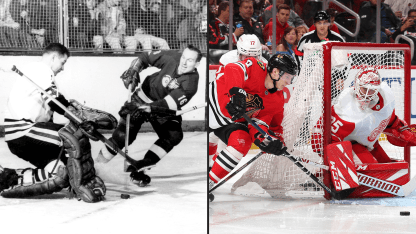
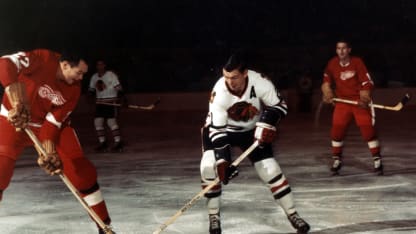
© Hockey Hall of Fame
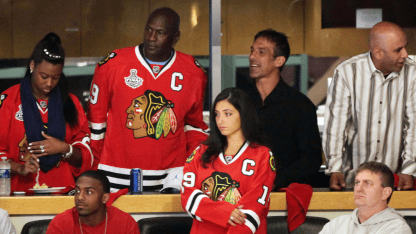
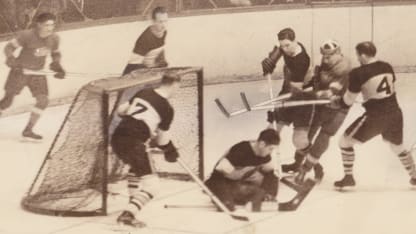
© Hockey Hall of Fame

